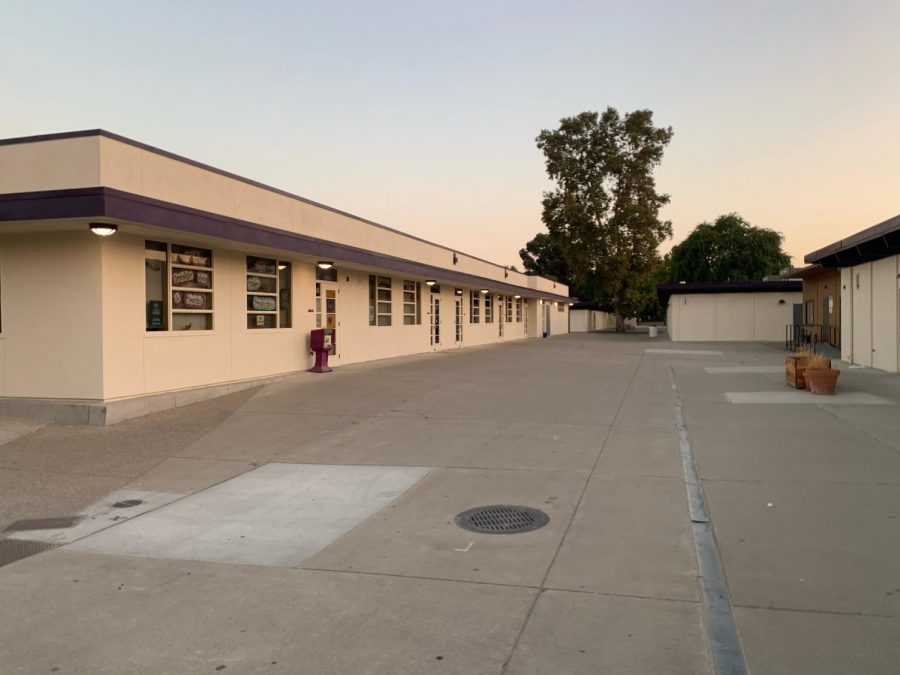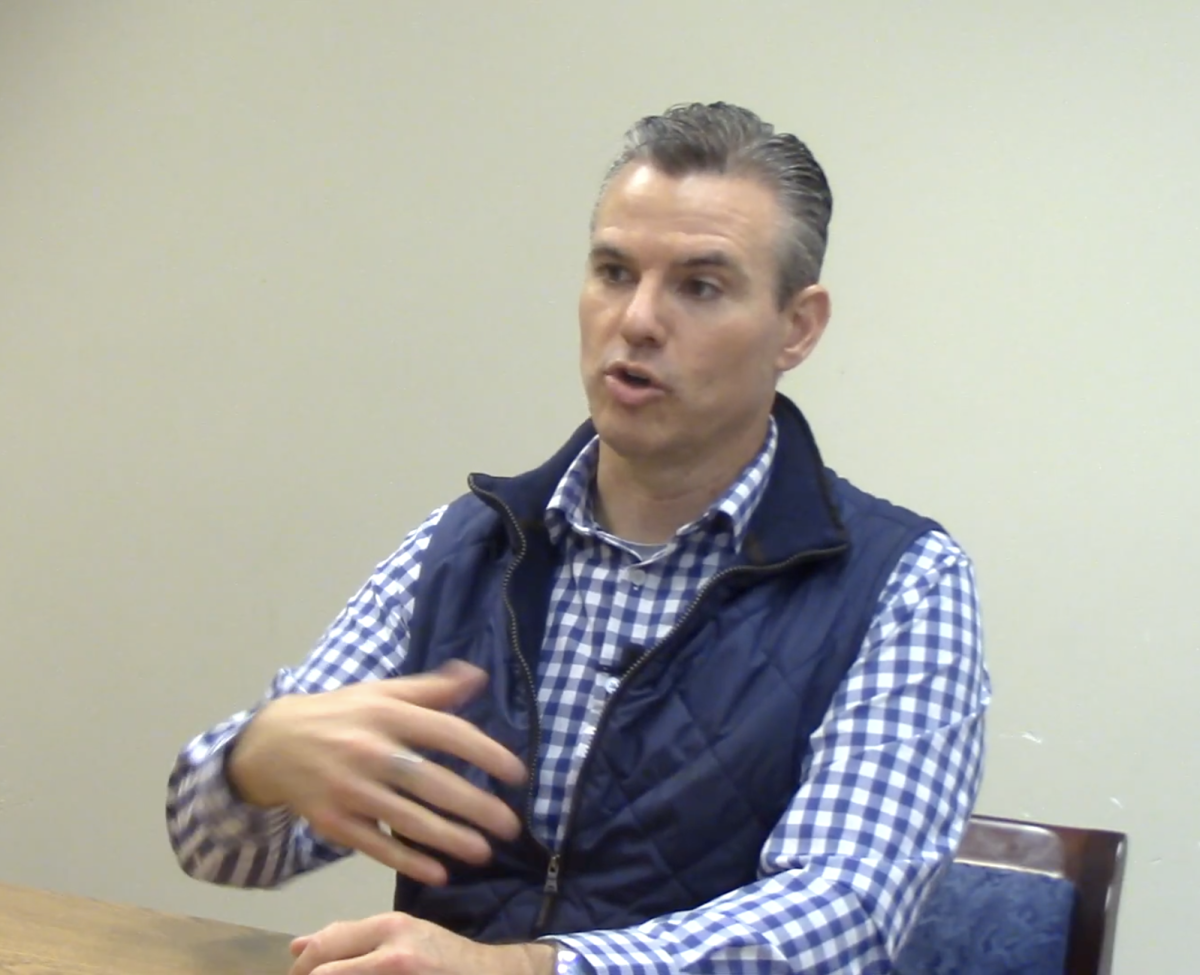Teachers’ thoughts on our first ever online semester
Classrooms may be empty, but teachers are still working hard from home to give us the education we need.
December 16, 2020
This past semester at Amador has been unique in every sense: from online learning to the cancellation of most activities. The teachers may have felt the change the most, as they now must change their plans for this year and think of different solutions to unique problems.
There were many different challenges that teachers faced to try to connect with their students. One of the major challenges is student participation.
“I don’t know what 80% of my students look like. If we go back to campus, I will maybe know the names and faces of 3-5 kids per class because everyone else has their cameras off or is not consistent with having it on. Those students are strangers to me,” wrote History and Economic Teacher Benjamin Benson.
Teachers often work until late at night to create lessons and grade work. In this online learning environment and reduced schedules, they have more time to work.
“The best thing has been the time to grade. I used to often work until 8 at night and now most days I am done by 4, sometimes earlier,” explained Benson.
Although most will agree that most classes are going at a slower pace than previous years, there are new skills that are learned this year.
“This group will have a unique preparation for a college setting where it is pretty normal to have a couple of hour or hour and fifteen-minute classes a week with your professor and have to go home to do a lot of that on your own. I think that it is something that high school seniors moving into college have to adjust to . . . That might, in the long run, be an advantage to you guys, but it might not show up in your grades right now,” said Math Teacher and Running Coach Jason Oswalt.
Sports coaches were affected greatly as well. Even though athletes are able to practice in smaller settings, there are still many challenges.
“It’s really hard to figure out what training we should be doing when we don’t actually know what our races are. It becomes a lot more general where we can pivot and be competitive quickly if somebody gives us the word that we can go,” explained Oswalt.
Teachers, during regular times, can better tailor to the needs of students. However, during this era of online learning, it is difficult to do so.
“It is so much easier to tell in person when you can look at someone’s face and body language whether they understand the material . . . I can’t see the signs of if they are getting the material,” said Chemistry and Zoology teacher Paula Simms.
Although this year has been tough on everyone, teachers may be one of the groups that are the most affected by the situation. Although students may not consider teachers’ points of view as much about online learning, it is still important to understand the challenges that others face.




